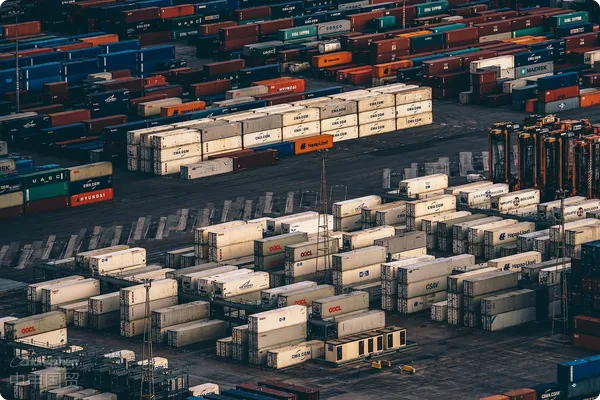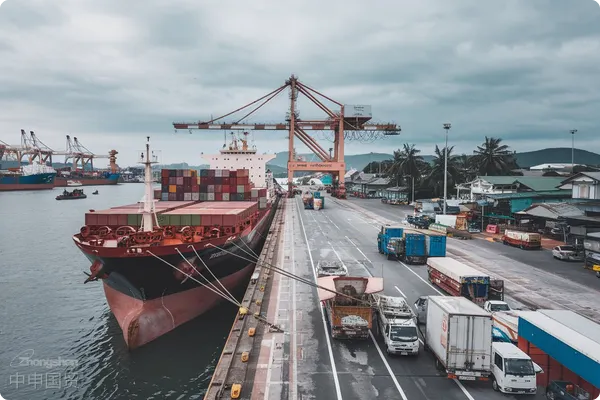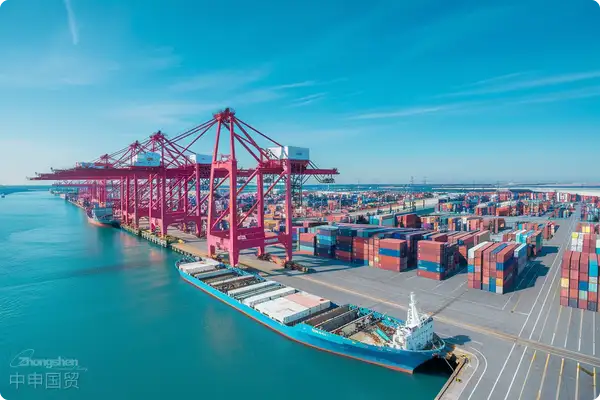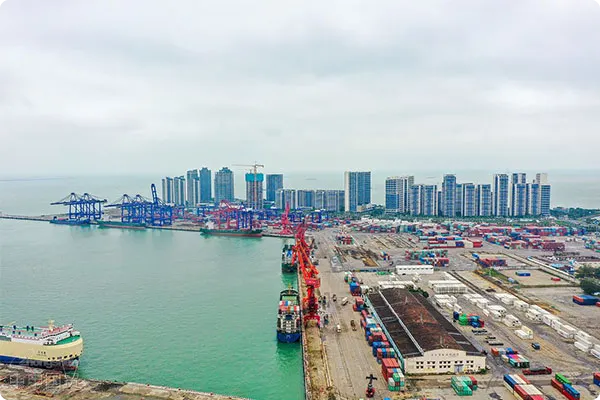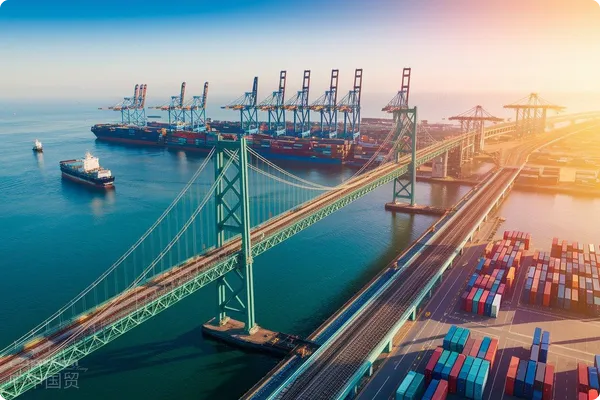- Shanghai Zhongshen International Trade Co., Ltd. - Two decades of trade agency expertise.
- Service Hotline: 139 1787 2118
the number of fraud cases is also quietly increasing, especially in some specific countries and regions. Recently, Greece in Southern Europe has become the center of this unfortunate trend. This article will deeply explore the new methods of foreign trade fraud, especially those transaction models that seem formal on the surface but are actually full of deception, and provide specific case analysis and effective prevention strategies.foreign tradeI. Main Deception Methods of the Buyer,

II.破綻s that the Buyer May Reveal
1、Posing as a Well - known Company or a Company with Good Credit:
Scammers usually choose well - known companies from countries such as Switzerland and France as a mask to increase the success rate. They forge seals, emails and websites to deceive exporters.2、Gaining Trust by Participating in Trade Fairs:
Fraudsters will make fake business cards and materials, contact and build trust with exporters at various trade fairs by distributing seemingly professional business cards and promotional materials. Subsequently, they place large orders for goods and request the goods to be shipped to a third country, such as Greece.3、Forging Bills of Lading and Seals:
After obtaining the original bill of lading or telex - released bill of lading, fraudsters use forged seals to issue documents such as release authorization letters to defraud the goods from the freight forwarder at the port of destination. Once the goods are picked up, they quickly disappear.Scammers may reveal their flaws in the following aspects:
III. Risk Prevention Suggestions
1、Contradictory Buyer Information:
For example, the tax number, company name and address do not match, and the contact information shown is inconsistent with the actual region.2、Flawed Buyer Seal:
Forged seals may have spelling mistakes, incomplete addresses or inaccurate formats.3、Over - simple Buyer Seal:
The seals made by scammers are often too simple and lack detailed information.4、Buyer Email Suffix Not Matching the Website:
The email suffix used by scammers does not match the official website of the actual company.5、Changing Email Suffix:
Scammers often slightly change the real company name to create a similar email suffix for fraud.Facing the complex and changeable trade fraud, exporters should take the following measures to prevent it:
In the foreign trade industry, fraud incidents occur frequently, especially in Greece in Southern Europe. In recent years, fraud methods have been constantly updated, bringing huge risks to exporters. The following are some common deception methods:
1、Query Domain Name Registration Information:
Query the domain name registration information of the buyers company through websites such as whois.com, paying attention to information such as the registration time, registrar and DNS server.2、Verify Buyer Information:
Carefully check whether there are any doubts about the contact information and seals provided by the buyer, such as using a free email service, the email suffix not matching the company name, etc.3、Compare Contact Information:
Compare the contact information provided by the buyer with the information displayed on its companys official website to confirm consistency.4、Handle Bills of Lading with Caution:
Try to avoid using telex - released bills of lading and ensure that the express address of the bill of lading is consistent with the buyers company address.When dealing with fraud in international trade, exporters need to comprehensively use a variety of means and tools for verification and risk assessment. With the continuous change of market conditions, exporters should also constantly update their prevention measures and be vigilant to avoid being victimized by trade fraud. In addition, cooperating with credit insurance companies is also an effective way to reduce losses.
I. Main Deception Methods of the Buyer,
Related Recommendations
Knowledge Base
Contact Us
Email: service@sh-zhongshen.com
Related Recommendations
Contact via WeChat

? 2025. All Rights Reserved. 滬ICP備2023007705號-2  PSB Record: Shanghai No.31011502009912
PSB Record: Shanghai No.31011502009912
